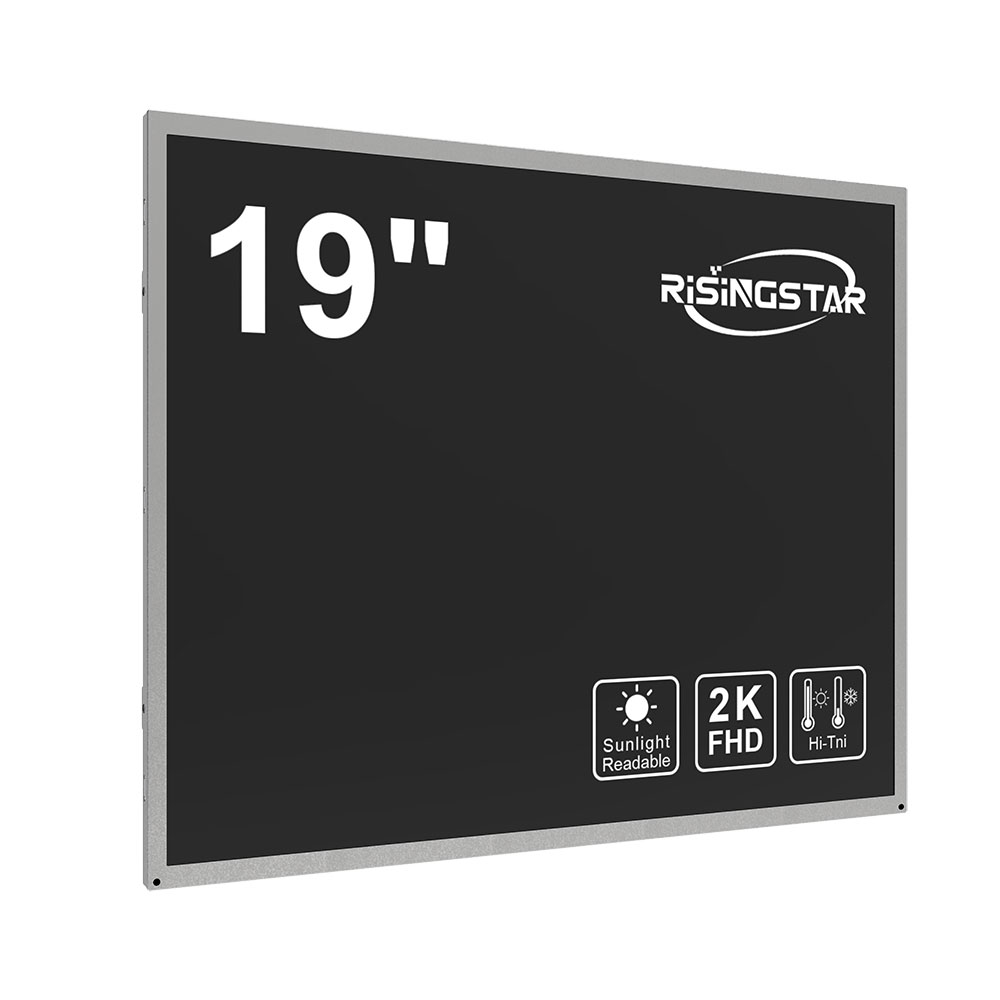Outdoor LCD screens have become indispensable in modern urban infrastructure, offering dynamic visual communication across industries such as transportation, retail, advertising, and public safety. These displays are engineered to operate reliably in extreme environmental conditions—ranging from -30°C to 60°C—while maintaining high brightness levels (typically 5,000 to 10,000 nits) to ensure visibility under direct sunlight. Their durability is enhanced by IP65 or higher waterproof and dustproof ratings, making them ideal for outdoor installations like bus stops, airport terminals, and digital billboards.
One of the most practical applications of outdoor LCDs is in smart city initiatives. For instance, real-time transit information systems use outdoor LCDs to display schedules, delays, and route changes, improving passenger experience and operational efficiency. In retail, companies like McDonald’s and Starbucks deploy outdoor LCDs at drive-thru kiosks to showcase promotions and menu items, increasing customer engagement and sales conversion rates. The ability to remotely update content via cloud-based management platforms further enhances their utility in time-sensitive scenarios.
The advantages of outdoor LCD technology extend beyond functionality. They offer superior color accuracy and contrast compared to LED alternatives in certain lighting conditions, thanks to advanced local dimming and anti-glare coatings. Additionally, their energy efficiency—often meeting Energy Star or EPEAT standards—reduces long-term operational costs. According to a 2023 report by Grand View Research, the global outdoor display market is projected to grow at a CAGR of 7.4% through 2030, driven by demand for immersive advertising and smart infrastructure solutions.
However, common challenges persist. Thermal management remains critical—excessive heat can degrade panel performance and shorten lifespan. Many manufacturers now integrate passive cooling systems with intelligent fan control to mitigate this. Another issue is screen burn-in from static content, which can be minimized using pixel-shifting algorithms and scheduled content rotation. Maintenance intervals vary based on environment; in coastal areas, salt corrosion demands more frequent inspections than inland locations.

Latest trends point toward AI-driven content personalization and edge computing integration. For example, some outdoor displays now analyze crowd density using onboard cameras and adjust content dynamically—showing emergency alerts during low traffic and entertainment ads during peak hours. Furthermore, 5G-enabled screens allow near-instantaneous updates and data transmission, supporting real-time analytics for advertisers and city planners alike. As sustainability becomes a priority, manufacturers are adopting recycled materials and designing modular units for easier repair and lower e-waste.
In conclusion, outdoor LCD screens are no longer just flashy displays—they are intelligent, resilient tools shaping how cities and brands communicate with the public. With ongoing innovations in thermal design, AI, and connectivity, their role in future-ready environments will only expand.







